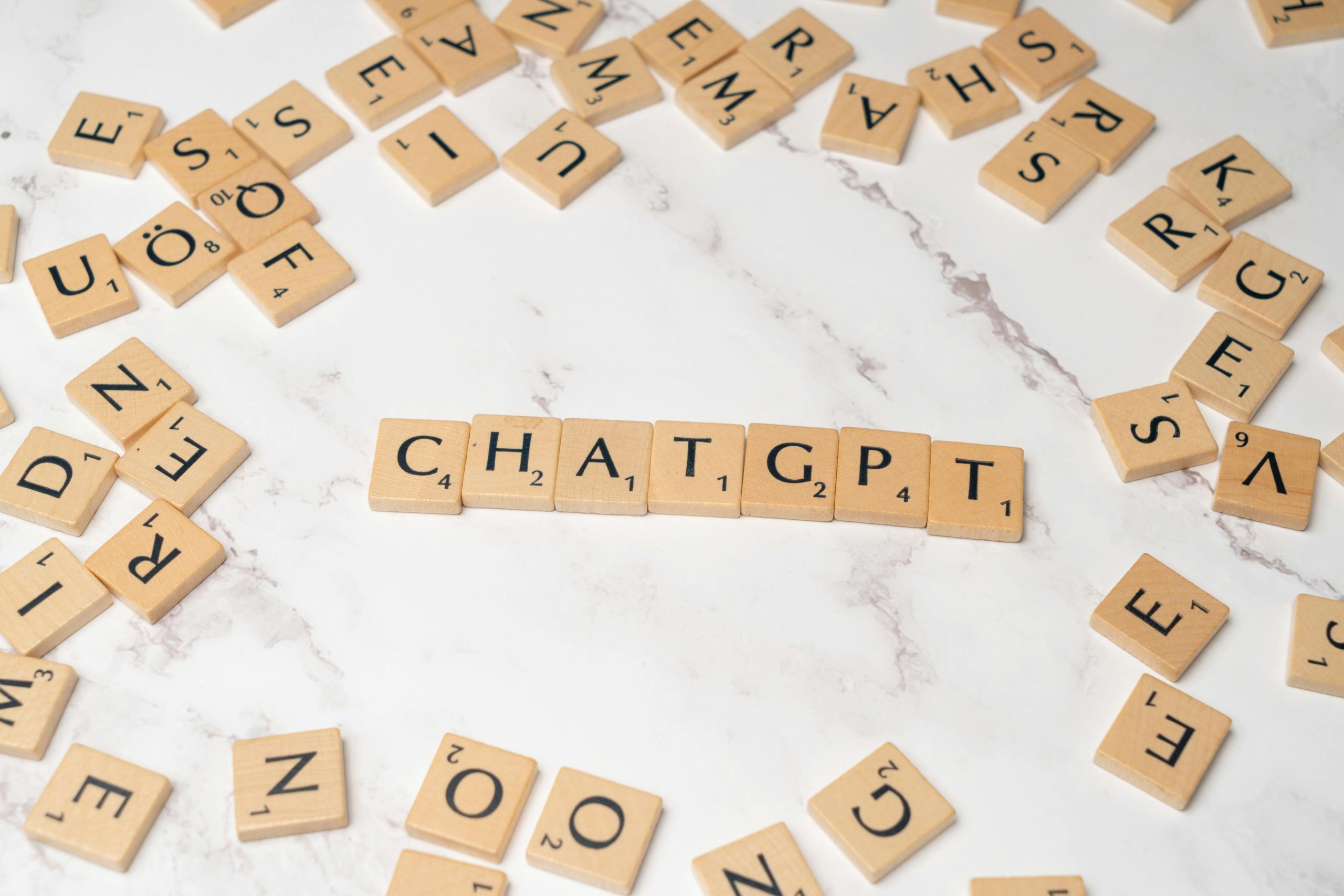ChatGPT used to write with soul. Now it’s afraid of its own words.
The Diminishing Expressiveness of AI in Creative Writing: A Reflection on ChatGPT’s Evolving Limitations
In recent weeks, many writers and creators utilizing AI tools such as ChatGPT have observed a notable shift in the model’s responsiveness to emotionally nuanced content. Historically, ChatGPT demonstrated an impressive capacity to generate scenes infused with intimacy, romance, and genuine human connection. However, current behavior suggests a movement toward restraint—where previously vibrant expressions of affection are now often flagged or sanitized, even when the intention is purely artistic.
This development raises important questions about the role of AI in creative storytelling. The core of storytelling lies in capturing the depth of human emotion—whether through tender embraces, subtle gestures, or heartfelt dialogues. These elements are fundamental to art and literature, serving to evoke empathy and foster genuine engagement with audiences.
The recent trend indicates that AI language models may be increasingly constrained by safety filters designed to prevent inappropriate content. While these measures aim to promote responsible use, they risk overly sanitizing creative expressions, leading to narratives that feel sterile, impersonal, and emotionally hollow. Such censorship, whether intentional or inadvertent, can undermine the authenticity of storytelling—a vital component of meaningful art.
This shift prompts a broader reflection: Is this cautious approach a temporary adjustment, or are we witnessing the beginning of a future where every touch, every heartbeat, must be meticulously sanitized? The worry is that as AI models become more conservative in their outputs, the richness and vulnerability that define compelling storytelling may be lost.
For creators who value the preservation of emotional authenticity in AI-assisted writing, these changes are concerning. It highlights a critical tension between ensuring safety and maintaining artistic freedom. As we continue to integrate AI into creative domains, ongoing dialogue and feedback are essential to navigate this balance effectively.
If you share the belief that artificial intelligence should support, rather than hinder, genuine artistic expression, consider sharing your insights and experiences. Engaging in these conversations helps advocate for AI tools that respect and amplify the human touch in storytelling.
Together, we can influence the evolution of AI to better serve the arts—preserving the emotional depth that makes stories resonate and ensuring that technology enriches, rather than constrains, our creative voices.














Post Comment